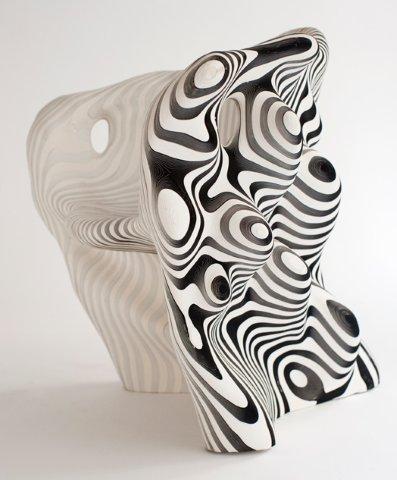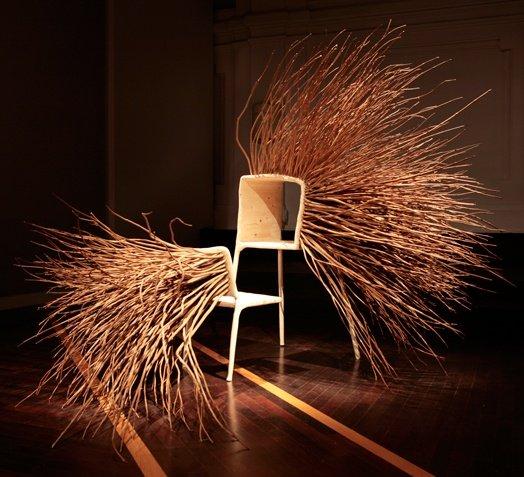 This week the Mint Museum in Charlotte, N.C., where the Democratic Party convention begins tomorrow, is trying its own crowd-curated project, with the added twist that it aims “at educating the public on both the electoral process and the process of building a world-class collection for Charlotte and the region.” It also seems to have the not necessarily unintentional goal of bringing in political visitors in town for the convention.
This week the Mint Museum in Charlotte, N.C., where the Democratic Party convention begins tomorrow, is trying its own crowd-curated project, with the added twist that it aims “at educating the public on both the electoral process and the process of building a world-class collection for Charlotte and the region.” It also seems to have the not necessarily unintentional goal of bringing in political visitors in town for the convention.
This is a “one-of-a-kind election taking place within the walls of Mint Museum Uptown,” as the press release for “Vote for Art: Your View, Your Vote” says. Anyone who visits may vote for three of six “specially-chosen” art works that have been selected by curators and placed on view in the museum. One visit, one ballot — but anyone can return and vote again.
Why three votes? The museum plans to acquire the three biggest vote-getters for its permanent collection.
The voting began on Sunday, when the museum was closed to the public but open to some political visitors for a delegates’ welcome party. (There’s no provision for online voting, which is good — better to see works in person.) The museum is also closed for “special events” on tomorrow and Wednesday. But all visitors to the museum through Friday, the day after the convention closes, can vote. Then the polling closes until Oct. 1.
 I’m not quite sure why that would be (and no explanation is offered in the release or the museum’s website) unless the Mint wants to cater to out-of-towners.
I’m not quite sure why that would be (and no explanation is offered in the release or the museum’s website) unless the Mint wants to cater to out-of-towners.
When the voting resumes on Oct. 1, it runs through Nov. 9, and on Election Day – November 6 — the museum is free all-day (it’s always free from 5 p.m. to 9 p.m. on Tuesdays). That accommodates locals.
To create the contest, the museum apparently asked galleries and artists to submit works, and they were considered by a committee of museum curators and representatives of the museum’s affiliate groups who narrowed the choices to six.
The choices are outlined here and the candidates’ works can be viewed on this webpage. The works are by Vic Muniz, Beverly McIver, Nacho Carbonell (his work at right), Mathias Bengsston (his work above left), Mattia Biaggi and Sebastian Errazuriz.
So what do we think of this? I suppose I don’t see the harm, as long as the curators weighed in substantially first (I’m a little wary of that committee) — in general, I don’t think museums should abdicate responsibility in the name of getting people involved. But I wonder how the home-town visitors feel about letting politics — ok, political visitors — decide what goes in their museum. The one salvation point on that is that the out-of-towners are likely to make up a small portion of the final votes.
Photo Credits: Courtesy of the Mint Museum
